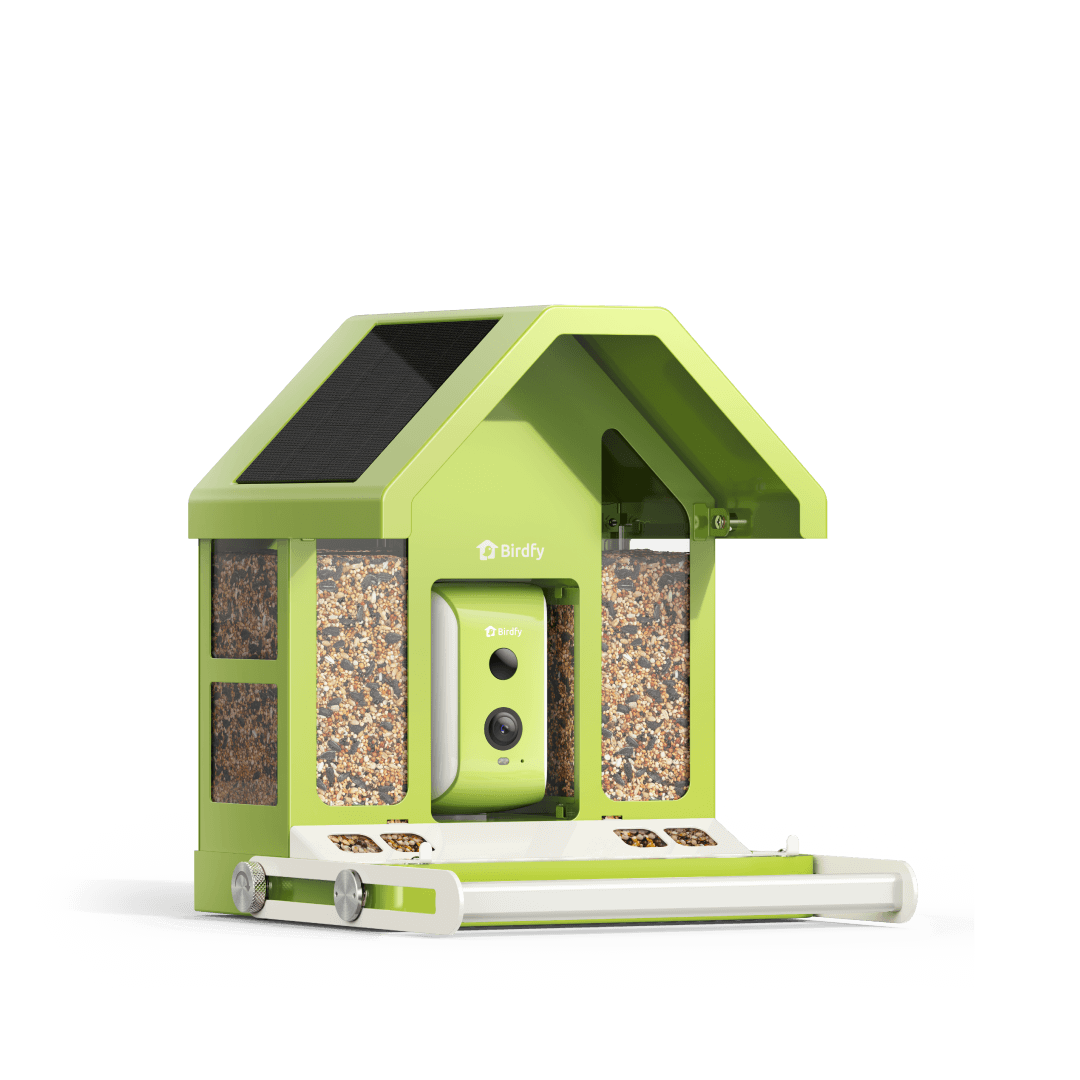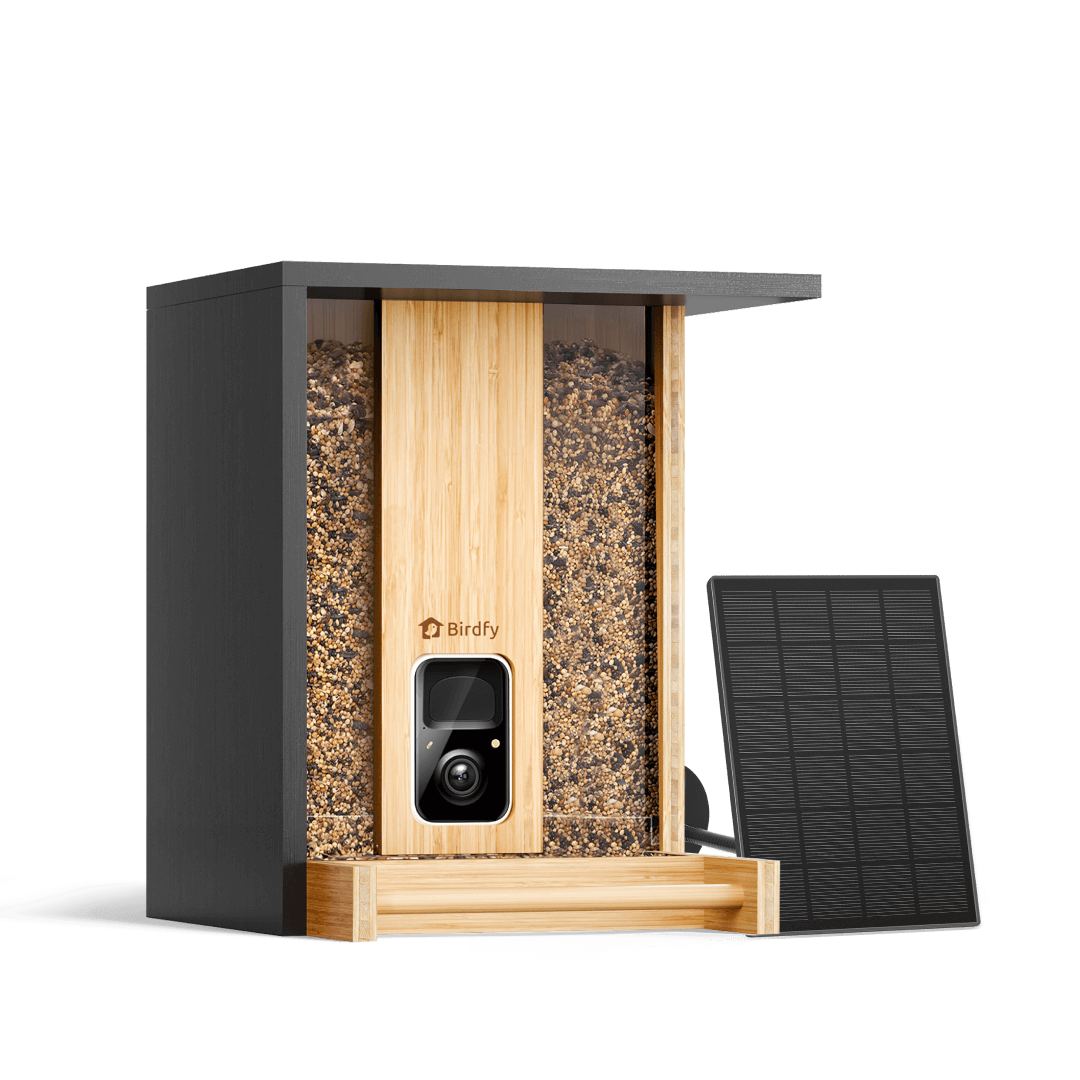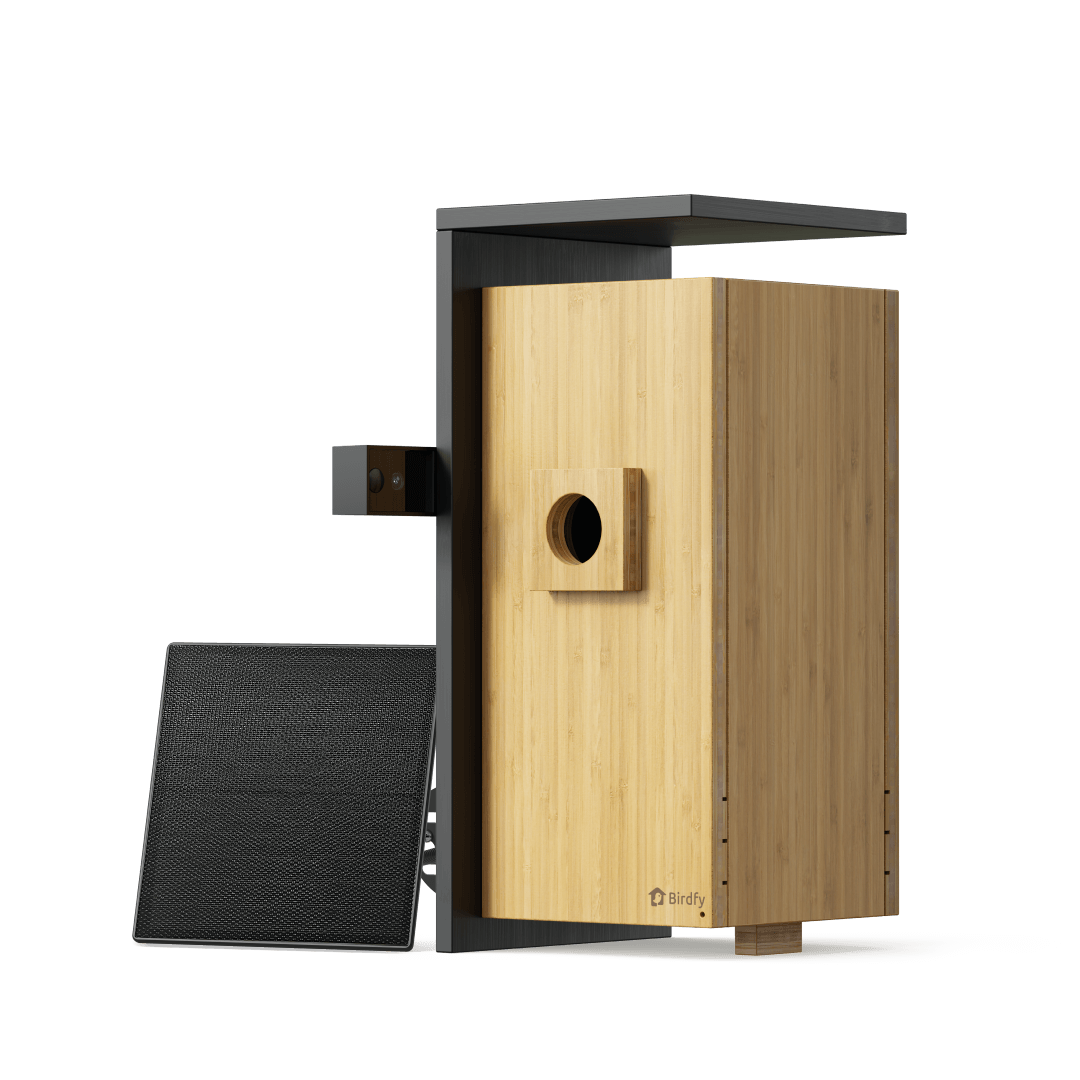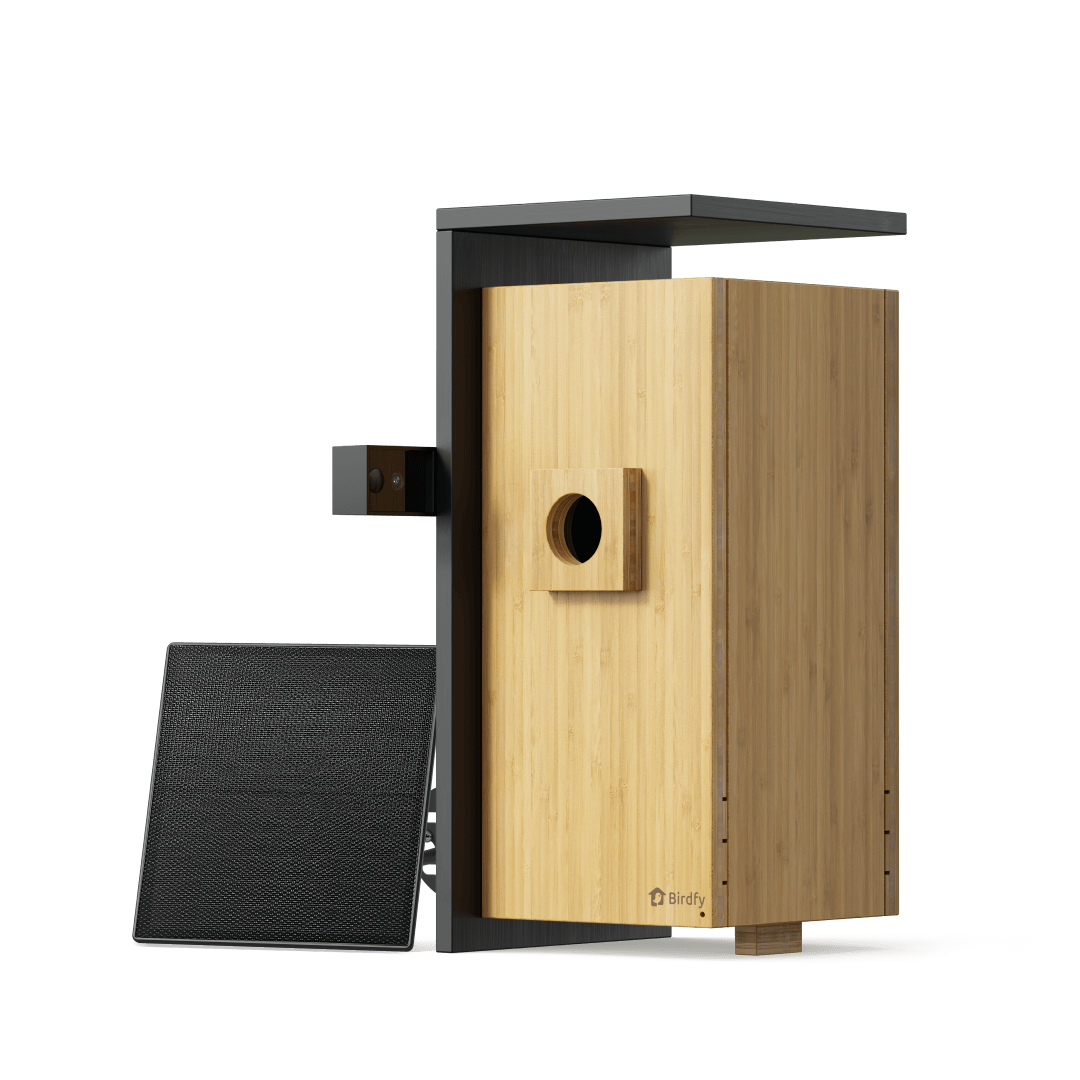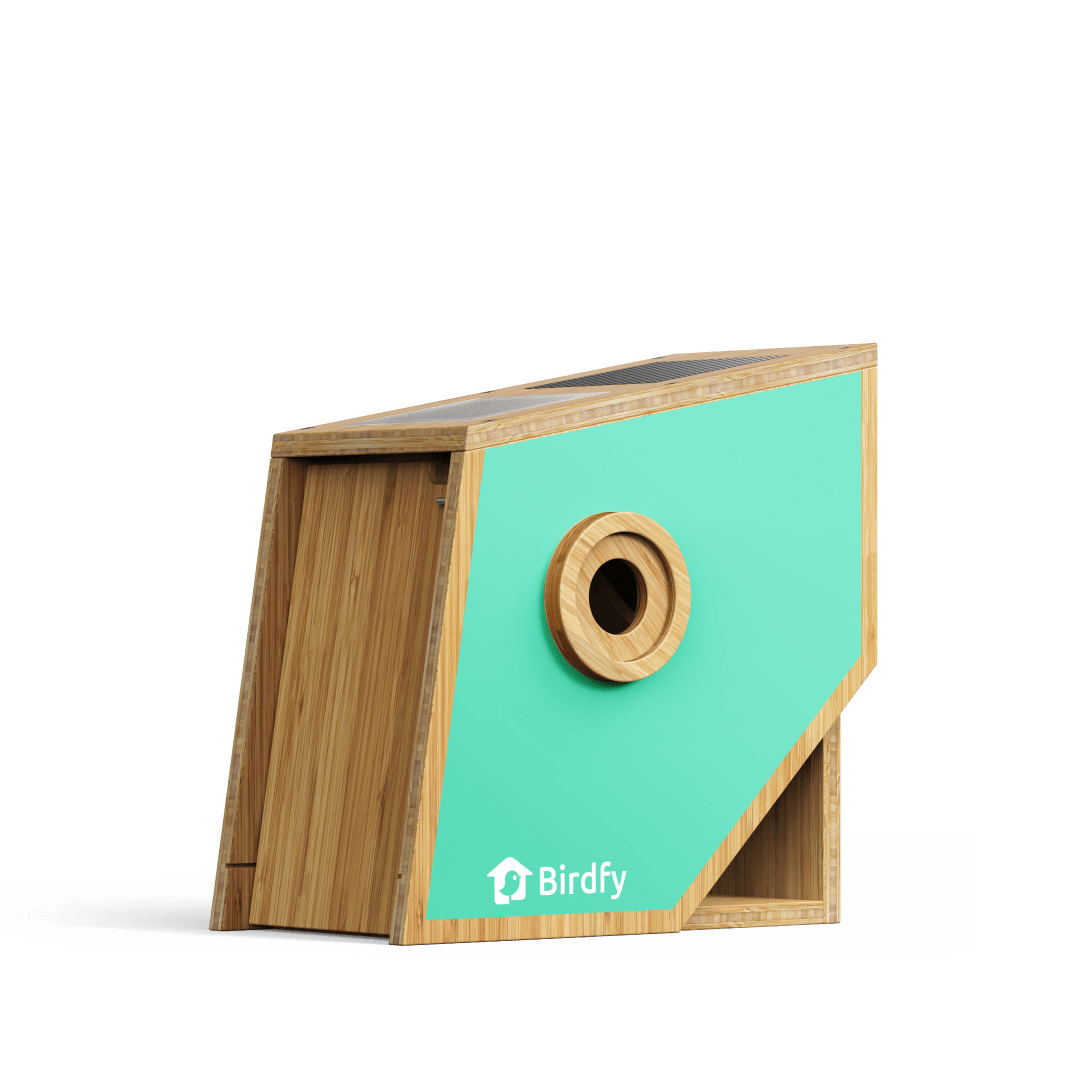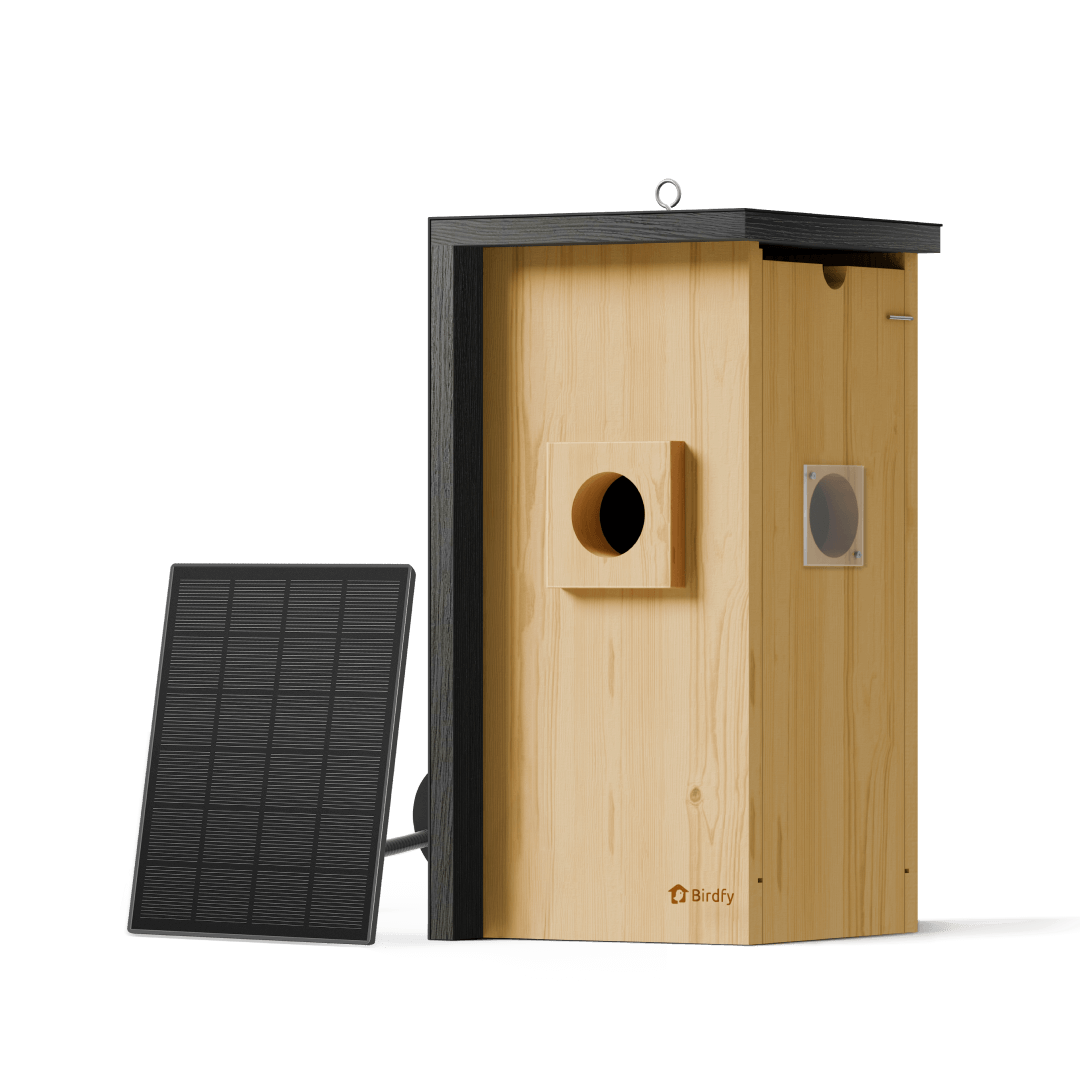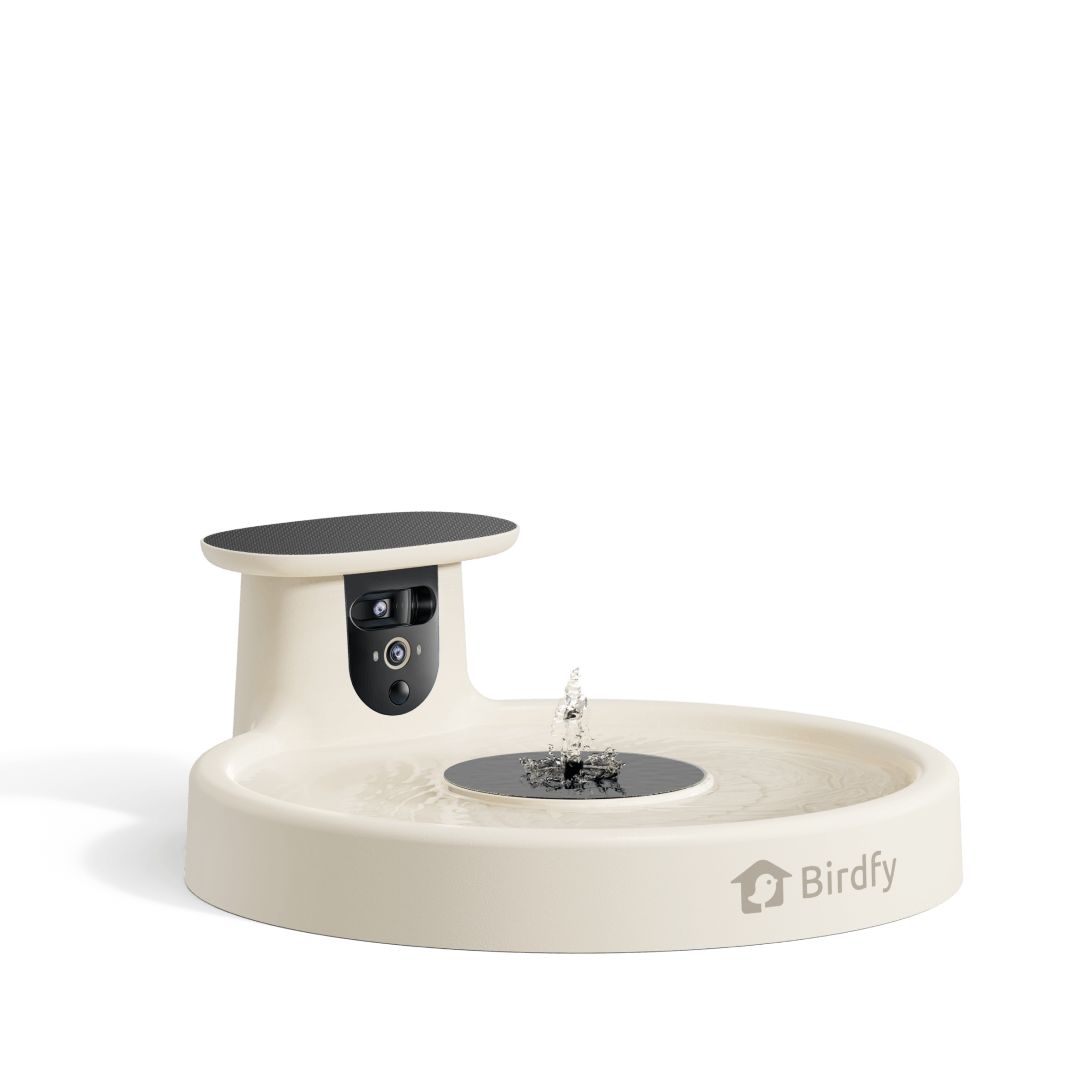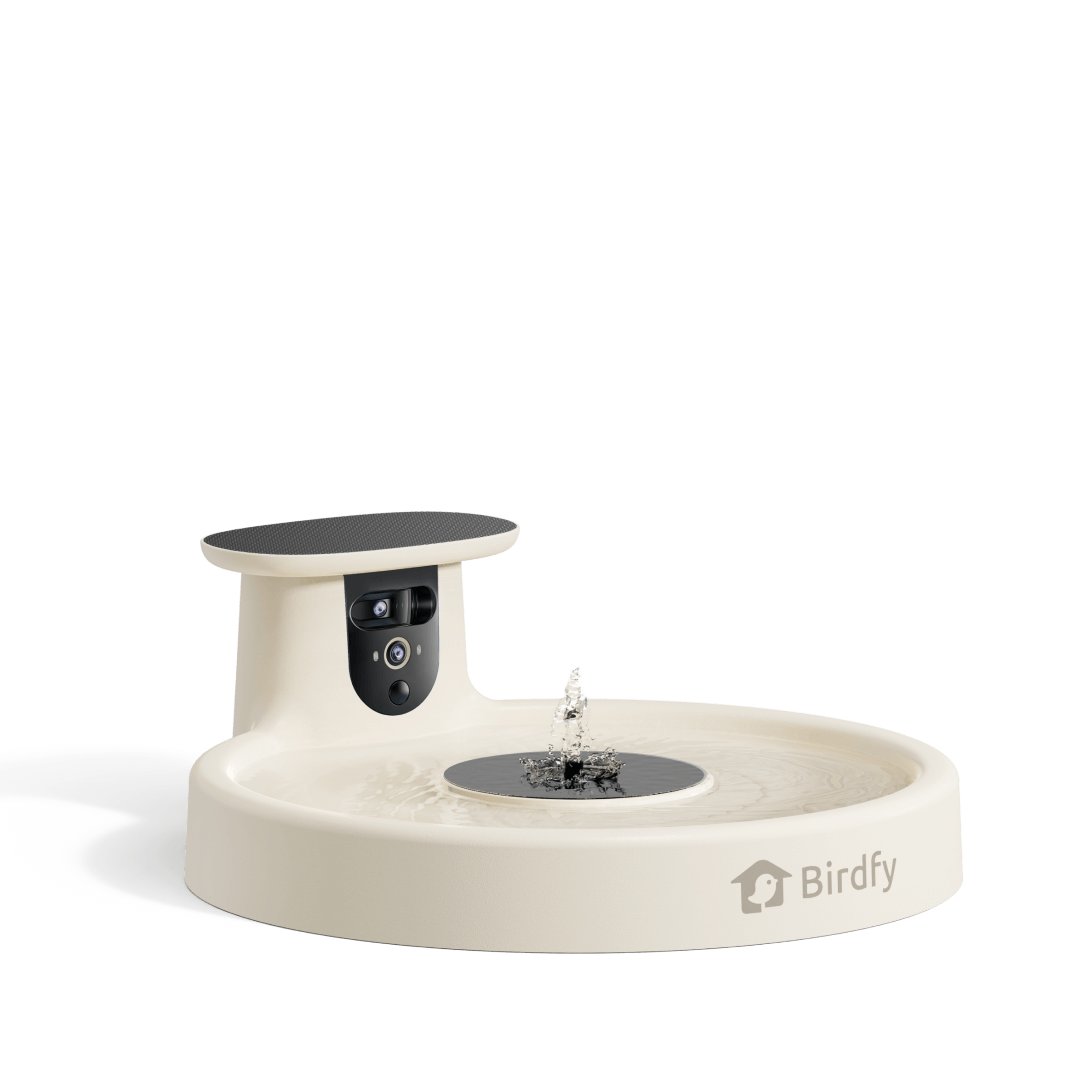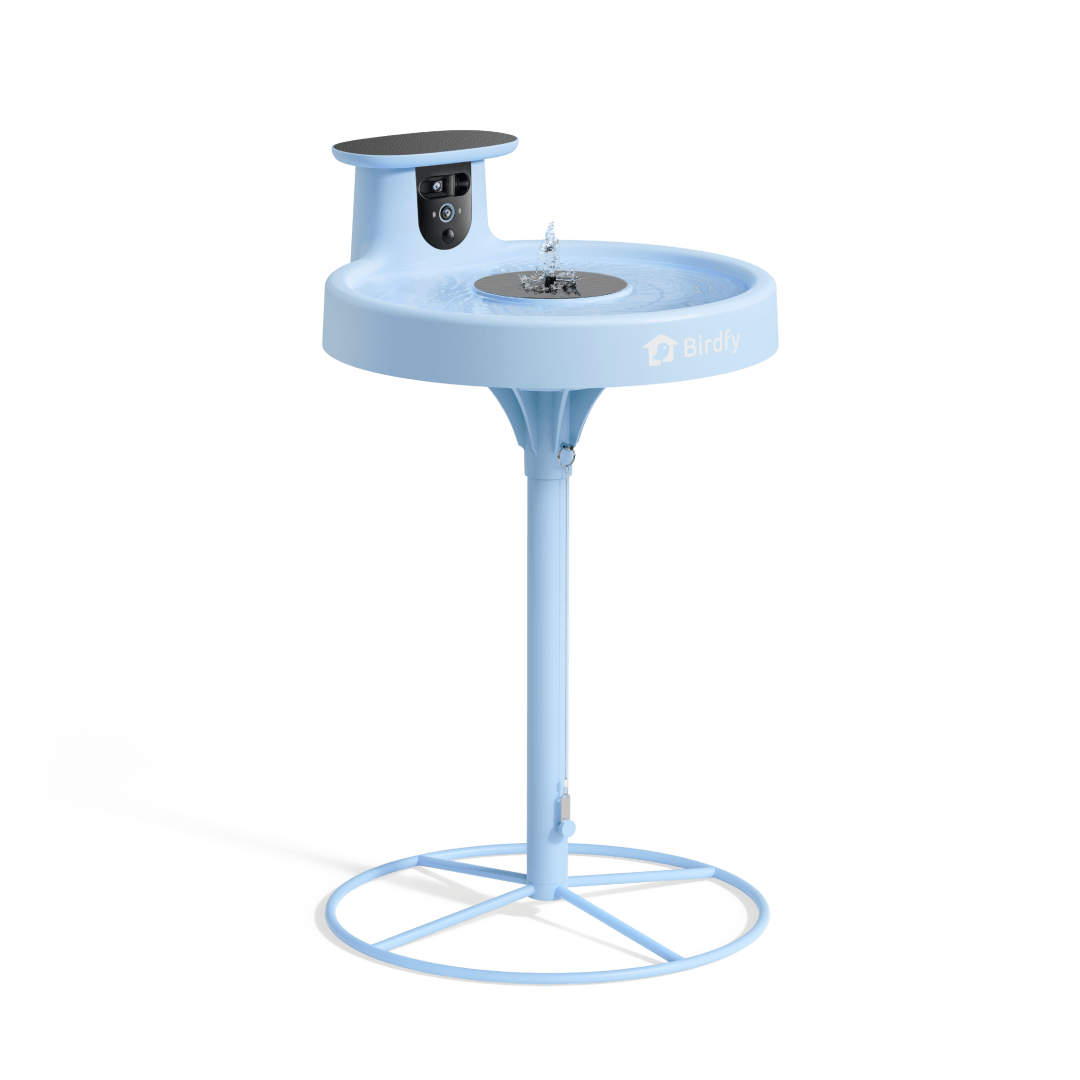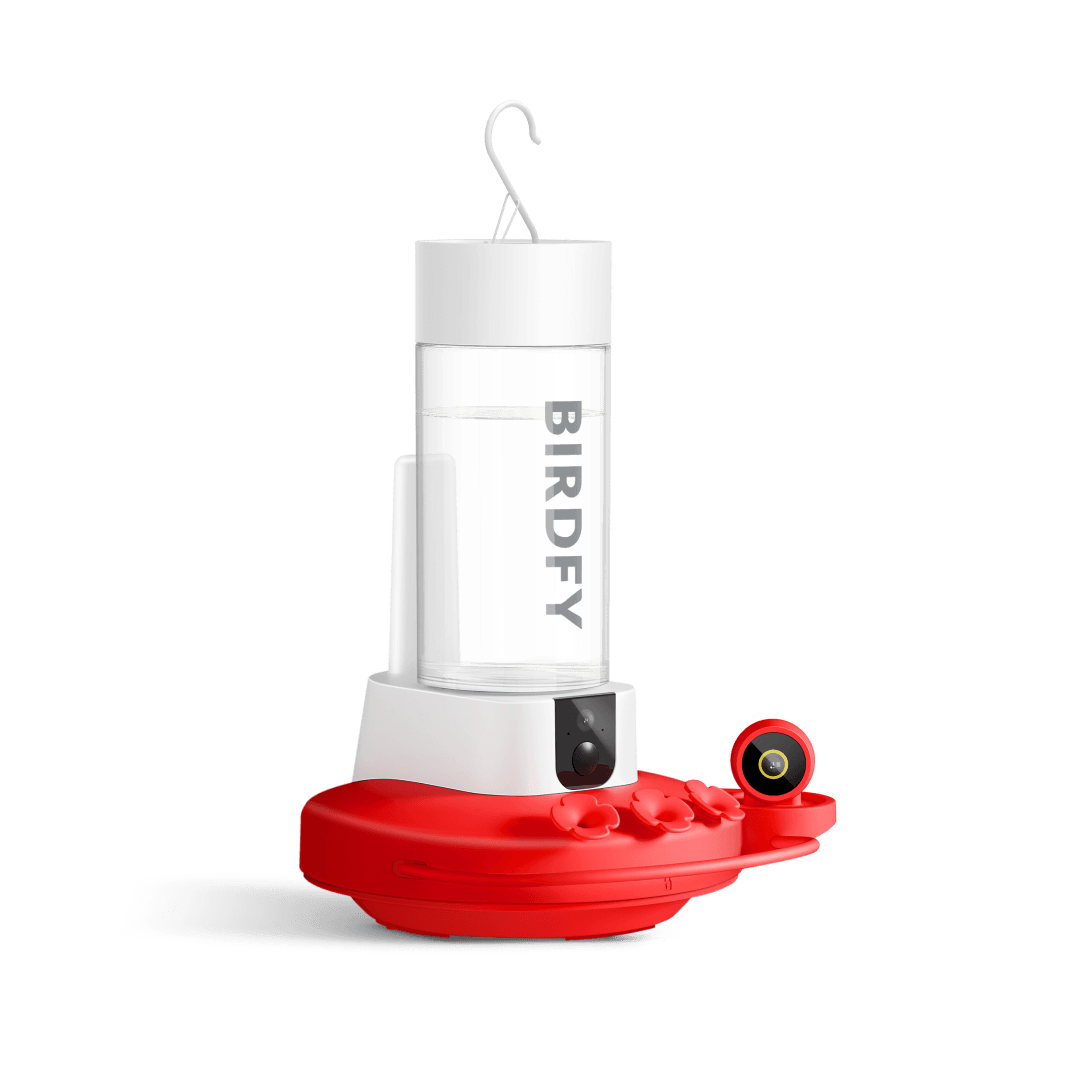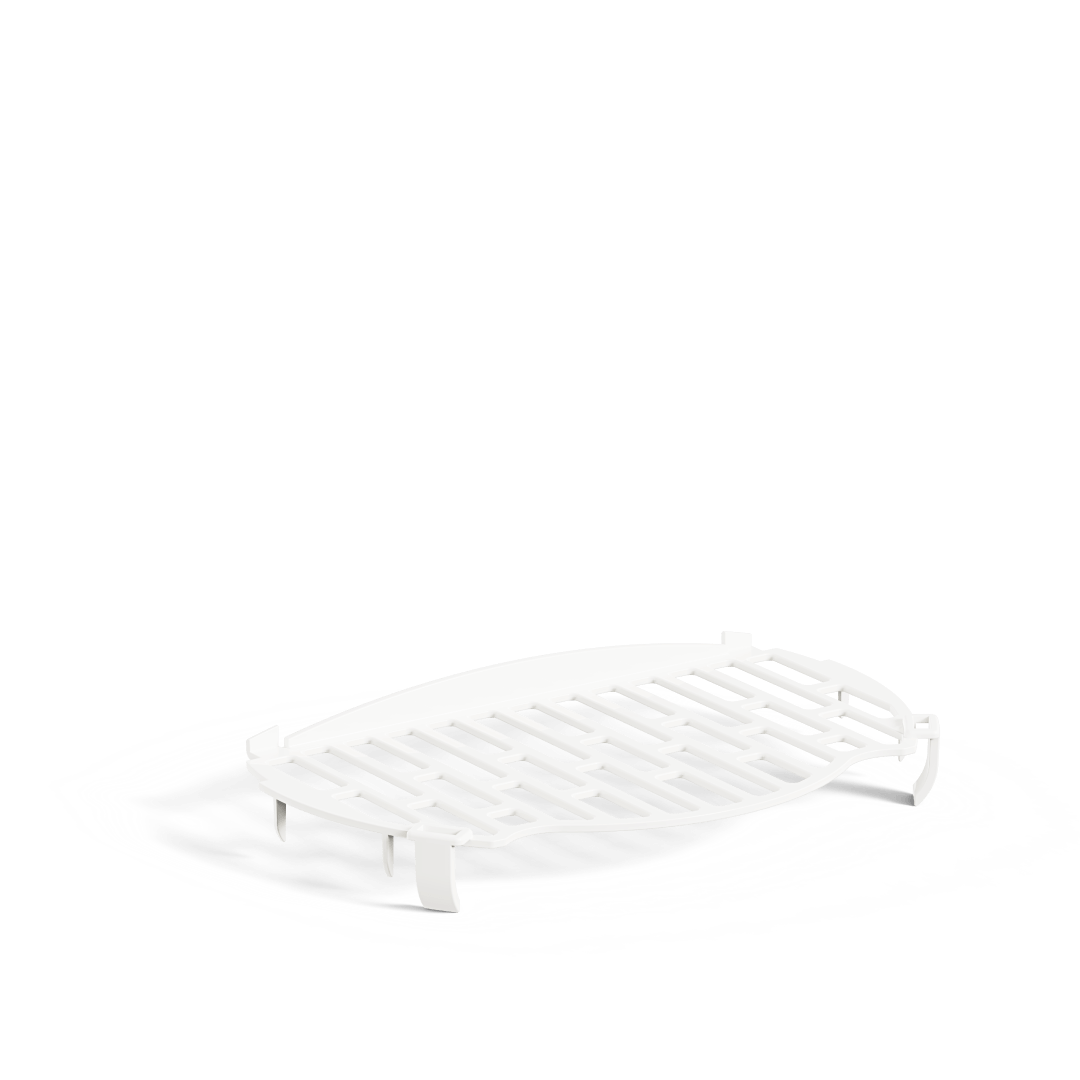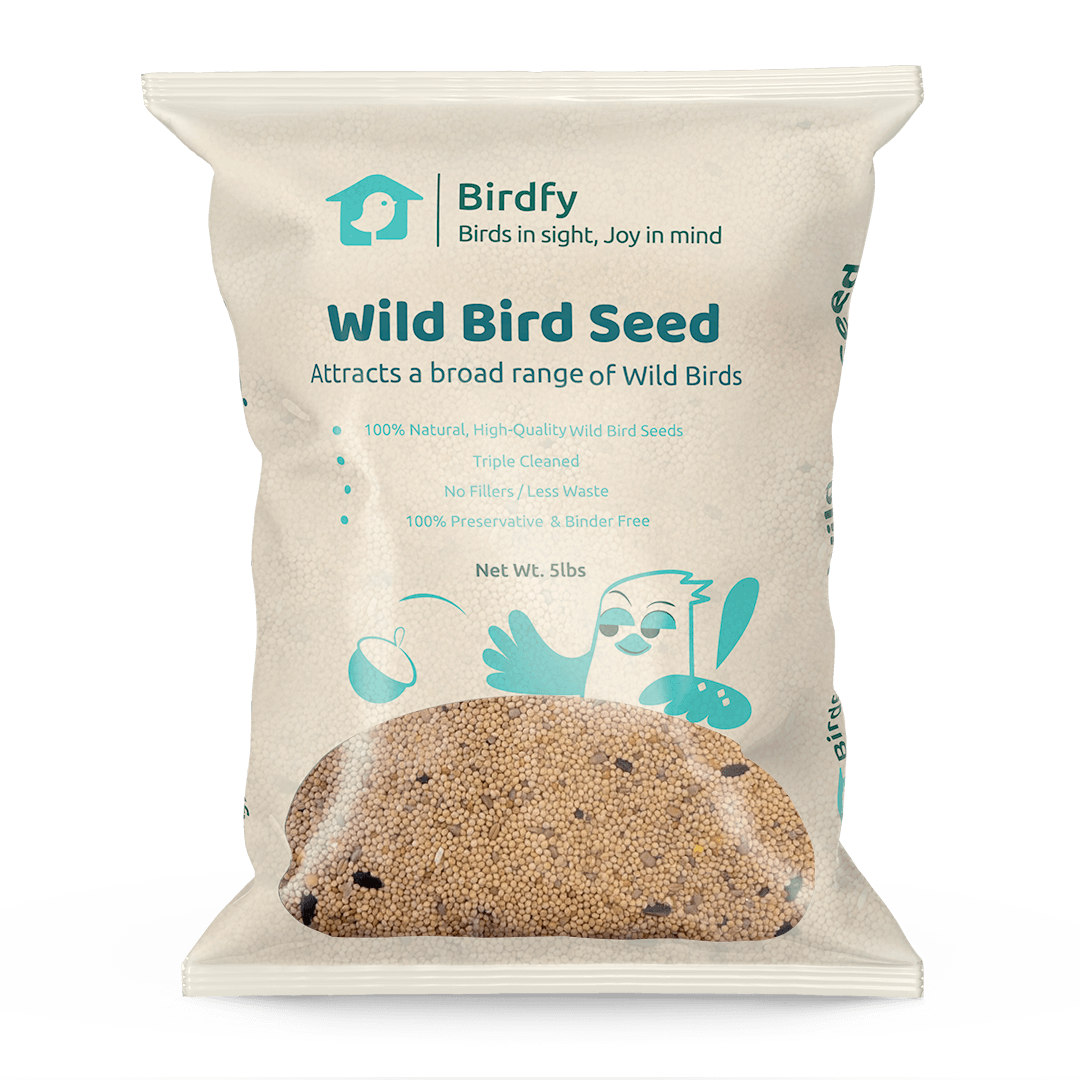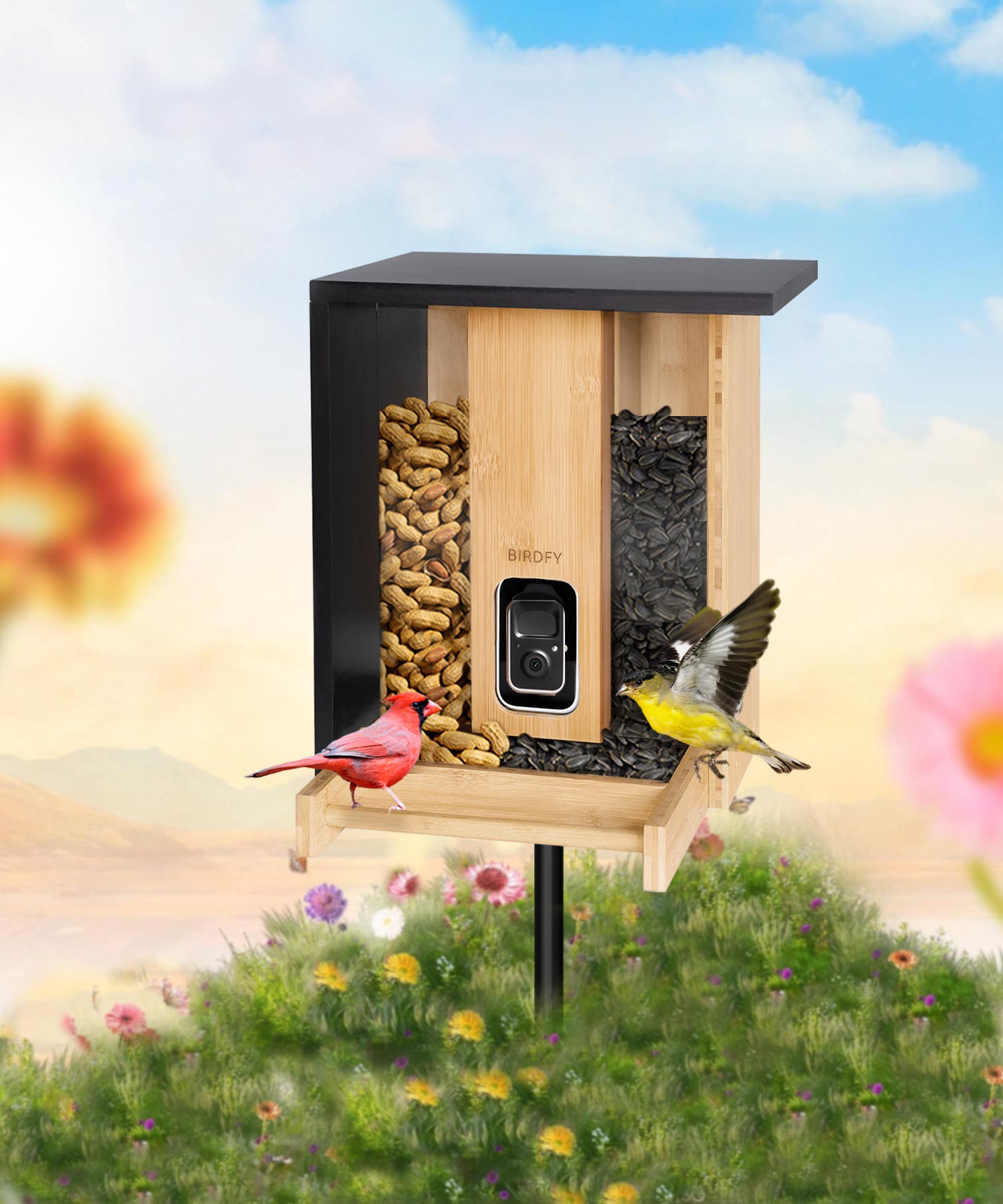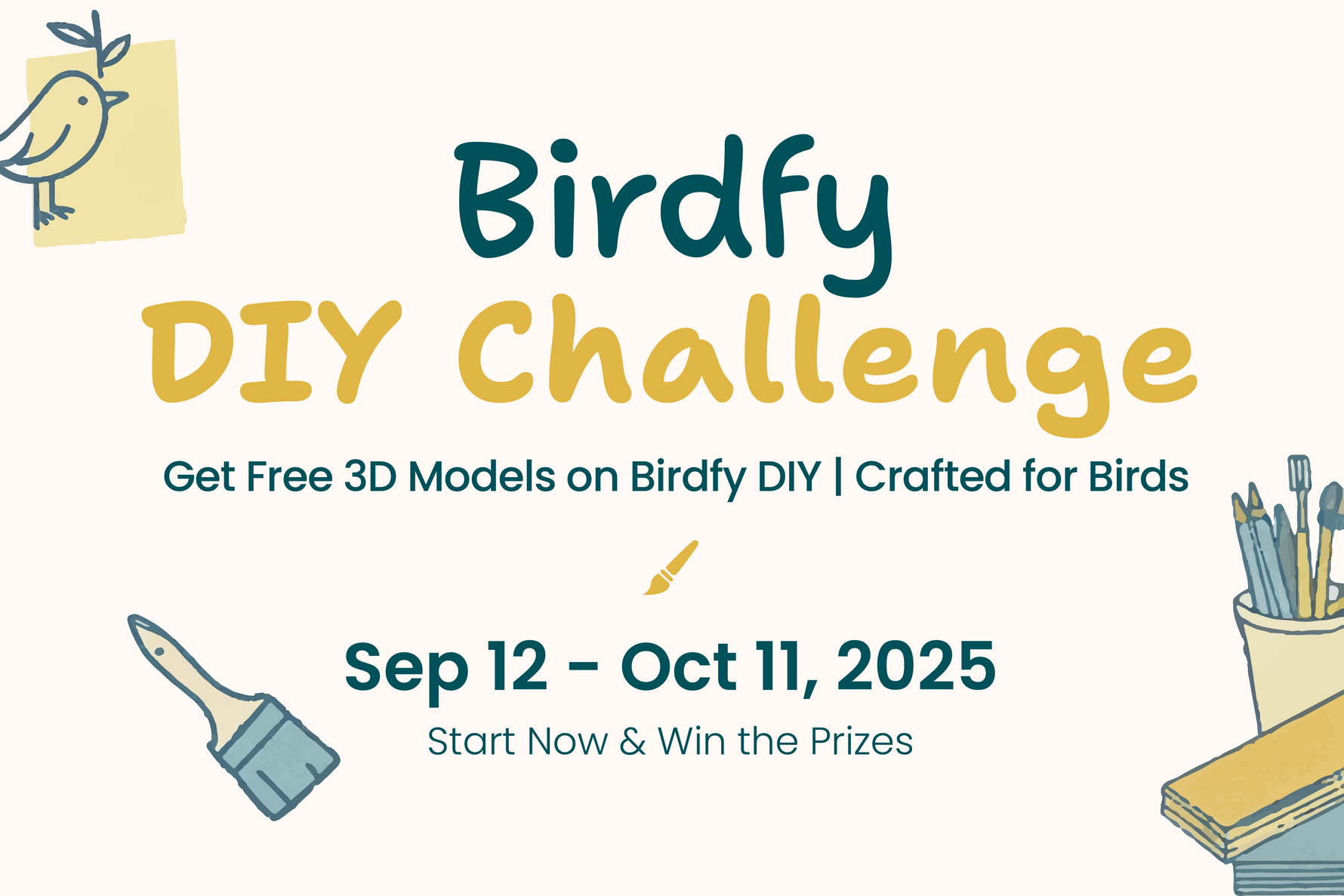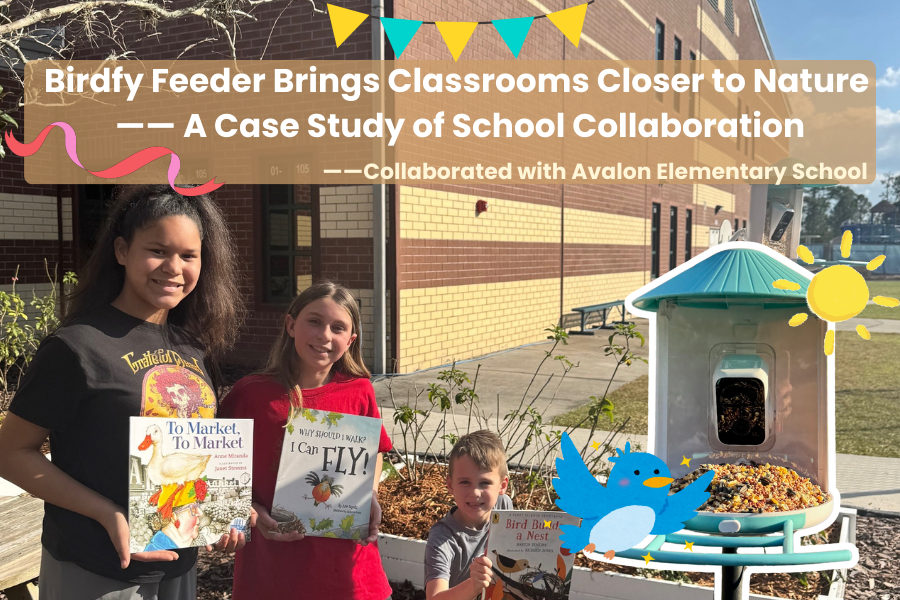Iowa is rich in ecosystems ranging from expansive prairies and dense woodlands to thriving wetlands and rivers. This diverse habitat supports a wide variety of bird species, attracting both resident and migratory birds. Birdwatchers and nature lovers can observe all kinds of birds, from songbirds and raptors to waterfowl and shorebirds, that contribute to Iowa's vibrant landscape.
Bird Habitats in Iowa: Diverse Ecosystems for Bird Life
Iowa is home to a variety of habitats, each providing unique resources for different bird species.
Woodlands and Forests
Iowa's woodlands and forests consist of mature deciduous and coniferous trees, brush, and open areas that provide rich habitat for a range of bird species. Among the common ones are a variety of
songbirds such as warblers, warblers, and thrushes, which utilize the canopy and underbrush for nesting and foraging. Woodpeckers such as the red-bellied woodpecker and downy woodpecker are also frequent, and they often hunt insects in the trees. Raptors such as great horned owls and red-tailed hawks also use these wooded areas for hunting and nesting.
Grasslands and Prairies
Iowa's grasslands and prairies are vast and open, filled with native grasses, wildflowers, and low shrubs, offering an ideal habitat for all sorts of birds that thrive in such an environment. The most famous of these are the eastern and western meadowlarks, which are known for their melodious songs and their habit of nesting on the ground. Sparrows (such as the Grasshopper Sparrow and the Prairie Sparrow) are also common in these areas, often nesting and foraging in tall grasses. Raptors such as the American kestrel and northern harrier are also regular visitors to the area and use these habitats to prey on small mammals and insects.
Wetlands and Marshes
Iowa's wetlands and marshes are among the most biologically diverse habitats in the state, providing a rich resource for a variety of bird species. These areas are characterized by water, emergent vegetation, and aquatic plants, creating a fertile environment for birds to forage and nest. Waterfowl such as mallards and Canada geese thrive in these wetlands by taking advantage of the ample food and nesting sites. Wading birds such as great blue herons and egrets are also prevalent, feeding on fish and amphibians in shallow waters. Shorebirds, including sandpipers and plovers, frequent the marshes and forage at the water's edge.
Urban and Suburban Areas
Iowa's urban and suburban areas offer unique habitats for birds, with a mix of trees, shrubs, gardens, and buildings. Although human activity has altered these areas, they still provide habitat for a variety of bird species. Common songbirds in these areas include American Robins and Northern Cardinals, which typically nest in trees and shrubs. Doves are well suited to living in urban environments, where they utilize buildings and other structures for nesting. Raptors like peregrine falcons and Cooper's hawks are increasingly found in these settings, where they prey on small birds and rodents.
Bird Migration in Iowa: A Key Migration Hub
Iowa is an important link in the network of bird migration routes in North America. Because of its central location and diverse habitats, the state is an important corridor for
migrating birds. Let's take a look at Iowa's key geographic locations, major migratory corridors and stopover sites, and some of the notable migratory bird species that pass through the state.
Significance of Iowa's Location in Bird Migration Routes
Iowa is located along the Mississippi River flyway, a major North American bird migration route that extends from Canada to the Gulf of Mexico, and is an important stopover for many migratory birds. This central location provides easy access for birds to migrate north and south across the North American continent, allowing for a wide variety of migratory species. The state's rich habitats, including forests, wetlands, grasslands, and agricultural areas, provide ample resources for migratory birds to rest and refuel during their long journeys.
Major Migratory Corridors and Stopover Sites
The Mississippi River, which forms Iowa's eastern border, is an important migration corridor, with birds migrating along its course and utilizing its wetlands and floodplains as stopover sites. Another important corridor is the Great Lakes and Upper Mississippi River Valley, which connects the Great Lakes to the Mississippi River channel and provides migratory birds with a large amount of wetlands and forests to rest and refuel. Major stopovers along these routes include Saylorville Reservoir near Des Moines, which attracts large numbers of waterfowl and shorebirds during migrations; Rathbun Lake in south-central Iowa, another important site for migrating birds; and the Neal Smith National Wildlife Refuge Neal Smith National Wildlife Refuge, which has restored grasslands and wetlands that provide important habitat for migratory songbirds and other birds.
Notable Migratory Species and Their Seasonal Patterns
Iowa is home to a variety of migratory species, and seasonal migration patterns reflect their north-south migratory journeys. Waterfowl, shorebirds, songbirds and raptors are the primary birds that migrate through Iowa in the spring and fall. Ducks and geese, including Canada geese, mallards, and snow geese, use Iowa's wetlands and reservoirs as resting places during their journey. Shorebirds, such as sandpipers and plovers, frequent Iowa's wetlands and marshes on their way to northern breeding grounds, especially in spring and fall. Migratory songbirds, such as warblers, orioles, and fieldfares, are most active in Iowa in the spring as they travel north to breed. Raptors, including bald eagles and red-tailed hawks, pass through Iowa along migratory routes, often using rivers and ridgelines for navigation.
Common Bird Species of Iowa
Songbirds
Warblers are small, active birds commonly found in forests, woodlands and scrublands. They are known for their agility and often fly around trees and bushes, displaying vibrant colors and producing complex songs. Common warblers include the vibrant yellow warbler and the striking American red-tailed robin, both of which are popular with birdwatchers for their distinctive appearance and melodious tunes.
Robins are common in gardens, lawns and open woodlands, where they are known for their ground-feeding behavior and mellifluous song. They are easily recognized by their distinctive orange chest and cheerful song. The American Robin is a widely distributed species, common throughout Iowa, and can often be seen hopping through lawns and gardens in search of earthworms and other ground-dwelling insects.
Commonly found in grasslands, prairies, and urban areas, sparrows tend to forage on the ground, often in flocks. Characterized by a generally brown or gray body color with subtle markings, sparrows may not be as striking as other birds, but their behavior and adaptability make them fascinating to observe. Notable species include the Chipping Sparrow, which has a rufous cap on its head, and the White-crowned Sparrow, which has a black-and-white striped head.
Raptors
Eagles are majestic birds of prey often found near large bodies of water and open fields, known for their powerful aura and soaring flight. They usually glide gracefully through the air or perch at the water's edge, watching for fish or other prey. With their large size and distinctive appearance, eagles are hard to miss. The most recognizable species in Iowa is the Bald Eagle, characterized by striking white head and tail feathers. These iconic birds are symbols of strength and freedom and are often associated with grandeur and majesty.

Owls are nocturnal birds that inhabit forests, woodlands, and urban areas and are known for their silent flight and effective hunting skills. They usually hunt at night, relying on their keen senses to locate prey. Their distinguishing features include large eyes and facial disks, which help transmit sound to the ears. Common owl species in Iowa include the Great Horned Owl, which is known for its "horned" earlobes, and the Red Owl, which is known for the dark stripes on its chest and its distinctive hooting sound. These owls often perch in trees and watch for prey in the dark.
Shorebirds
Sandpipers are a coastal bird species that typically inhabit shorelines and wetland edges, and can often be seen probing for food on the ground or in the water with their elongated bills. Their behavior includes wading and pecking, which is characteristic of these birds. Sandpipers are known for their long legs and slender bodies, which help them navigate through shallow water and soft mud. The common sandpipers in Iowa are the least sandpiper and the pectoral-finned sandpiper; the least sandpiper is known for its small size, and the pectoral-finned sandpiper has a distinctive stripe on its chest and a more robust body. These birds are a familiar sight in wetland habitats during the migration season.

Plovers are shorebirds, commonly found along shorelines and sandbars, where they forage on the ground with a characteristic run-and-stop maneuver. They often fly quickly over sandy or muddy areas to peck at food on the ground. Plovers are known for their compact bodies and short bills, making them easily distinguishable from other shorebirds. A common plover in Iowa is the Killdeer, which has a striking double black band on its breast and a loud, piercing call. Plovers are often found in coastal habitats and exhibit unique foraging and movement patterns.
Rare and Endangered Birds in Iowa
Least Tern
The least tern is the smallest of the terns, characterized by a grayish-white body, black cap, and yellow bill. The bird typically nests on sandy or gravelly shores and lays its eggs in shallow scrapes in the ground. In Iowa, the least tern is considered endangered due to habitat loss and human disturbance (e.g., recreational activities and shoreline development). Conservation efforts are focused on protecting their nesting sites and minimizing human impacts to support the recovery of their populations.
Red-shouldered Hawk
The red-shouldered hawk is a medium-sized raptor known for its distinctive reddish-brown shoulders and striped underbelly, giving it a unique appearance among hawks. It primarily inhabits waterfront forested areas such as riverbanks and wetlands, where it hunts prey such as small mammals, amphibians, and reptiles. Considered a rare species in Iowa, red-shouldered hawks face declining populations due to habitat fragmentation and logging that has reduced suitable nesting sites. Conservation efforts are focused on protecting forested habitat to support the species' recovery.
Birdwatching Hotspots in Iowa

Iowa is a great state for
birdwatching, with a wide variety of habitats that attract a wide range of birds year-round. This section highlights some of the most popular birding locations in Iowa and provides birdwatchers with helpful tips on when to visit and which birds to look for.
State Parks and Wildlife Refuges
Iowa's state parks and wildlife refuges feature a variety of ecosystems such as forests, wetlands, and meadows that offer visitors a wealth of birding opportunities. The Yellow River State Forest, located in northeastern Iowa, is known for its diverse habitats of forests, rivers and hills that attract birds such as great horned owls, bald eagles and a variety of warblers. Spring and fall are the best times to visit, when migratory birds are most active and the views from the hiking trails are beautiful. The Neal Smith National Wildlife Refuge, located near Des Moines, features restored prairies and wetlands inhabited by grassland birds such as the Eastern Meadowlark and Savannah Sparrow, as well as raptors such as the Red-tailed Hawk. Spring and fall are the peak birding seasons here, and drive-through routes and walking trails provide easy access to observe a variety of birds.

Nature Preserves and Birding Trails
Iowa's nature preserves and specialized birding trails offer a more intimate birding experience with fewer people and a focus on conservation. Ledges State Park in central Iowa, with its forested bluffs and river valleys, is prime habitat for raptors such as woodpeckers, songbirds and red-shouldered falcons. The best time for birding here is early in the morning, especially in the spring when songbirds are most active. In western Iowa, the Hitchcock Nature Center includes unique loess hills and surrounding meadows. The park is known for having a variety of raptors, including bald eagles and peregrine falcons. Fall is a great time to visit the Hitchcock Nature Center as it coincides with the raptor migration, and the park even hosts an annual Hawk Watch event for enthusiasts.
Urban Birding Sites and Community Gardens
Iowa's urban areas and community gardens are surprisingly rich in birds for birdwatchers of all levels. Des Moines Water Works Park, located in the city of Des Moines, consists of parks, riverbanks and open spaces that attract birds such as American Robins, Northern Cardinals and a variety of woodpeckers. Spring and summer are ideal times to visit, and walking and biking paths provide easy access to the park's birding spots. In Iowa City, city parks and gardens offer birding opportunities with common urban birds such as pigeons, sparrows, starlings, and the occasional raptor. Local community gardens add to the diversity of birding, and early mornings are the best time to birdwatch before human activity increases.
Tips for Birdwatchers
To make the most of your birding experience in Iowa, here are some helpful tips for you. Spring and fall are the best times for migrating birds in large numbers. Early mornings and late evenings are often the most active times for bird watching. Essential equipment includes binoculars for close observation, a field guide to help identify birds, and a notebook to record your observations. A camera with a telephoto lens will be useful if you want to take photos. It is important to respect wildlife by keeping a safe distance from birds and their nests and avoiding loud noises or sudden movements that might disturb them. In addition, joining a birding group can provide valuable insights, opportunities to participate in organized activities, and a sense of community among birdwatchers.
Birds in Iowa's Culture and History
Birds have played an important role in Iowa's culture and history, symbolizing Native
American traditions, featuring prominently in historical accounts of early settlers and explorers, and appearing in folklore, literature, and art.
Historical Accounts of Birds by Early Settlers and Explorers
Historical accounts from early settlers and explorers provide a glimpse into Iowa's early bird richness. The Lewis and Clark Expedition, which traveled across the Missouri River, documented a variety of birds, including waterfowl and raptors, highlighting the biodiversity of the region. Similarly, early Iowa settler accounts mention large flocks of migratory birds such as ducks, geese, and passenger pigeons, which were common in the 19th century. These birds played an important role in the lives of settlers, contributing to their livelihoods through hunting and trade. These historical records provide valuable information for understanding Iowa's natural history and changes in bird populations over time.
Birds in Iowa Folklore, Literature, and Art
Birds are an integral part of Iowa's cultural heritage, influencing folklore, literature, and art. In local folklore, birds often symbolize power and mysticism, as in the legend of the Thunderbird, a sacred bird with powerful wings that was revered by several Native American tribes. In literature, people like Aldo Leopold, a prominent conservationist with Iowa ancestry, have drawn inspiration from the state's birds, emphasizing their role in the natural world. Artistic depictions of birds in Iowa range from traditional Native American artifacts to modern paintings and sculptures, often representing themes of freedom, beauty and natural harmony. These cultural connections highlight the lasting influence of birds on Iowa's storytelling, literature, and artistic expression.
Overview of Birding Organizations and Projects in Iowa
Iowa has several birding organizations and programs that engage citizen scientists in bird monitoring and conservation. These organizations provide opportunities for birders to participate in scientific research and conservation activities.
Iowa Ornithologists' Union (IOU)
The Iowa Ornithologists' Union (IOU) is a birding organization that promotes ornithology and community involvement in Iowa. Through field trips, educational programs, and bird monitoring activities, IOU encourages citizen scientists to participate in birding and contribute valuable data. Important programs such as the Iowa Winter Bird Feeder Survey and the Great Backyard Bird Count engage volunteers in tracking bird populations and observing trends. By coordinating these activities, IOU fosters a sense of community and supports bird conservation efforts in Iowa.
Iowa Young Birders
Iowa Young Birdwatchers is an organization dedicated to engaging young people in birding and bird conservation through educational programs and field trips. By engaging young birdwatchers in citizen science projects and bird monitoring, Iowa Young Birdwatchers aims to inspire the next generation of conservationists and encourage them to develop a lifelong interest in birdwatching and environmental stewardship.
Known for its diverse natural landscapes and rich bird populations, bird watching is a popular activity in Iowa. These diverse birds display amazing beauty and vigor in their habitats. Birdwatchers in Iowa can observe birds of all colors and sounds in different seasons, which is not only a visual treat but also provides an opportunity to explore nature and learn about biodiversity.



















